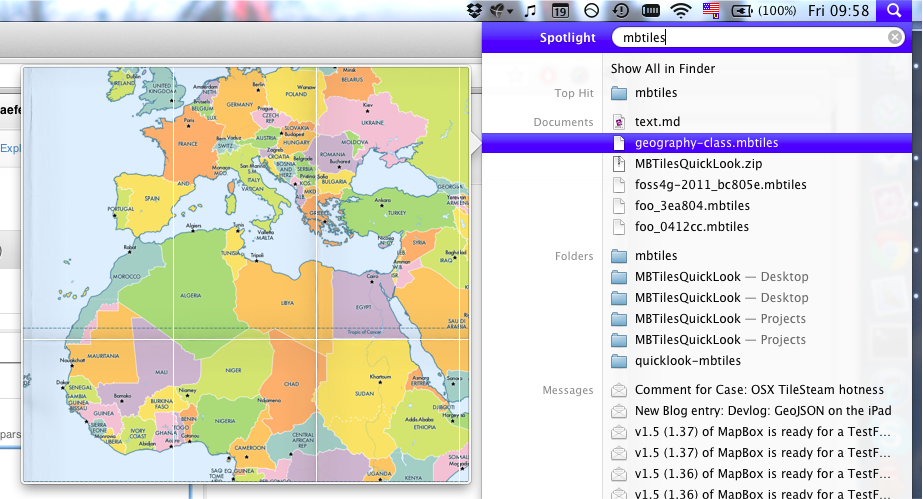_ _ _
| | | | (_)
_ __ ___ ___ __| | ___ ___| |_ _ __ ___ __ _ _ __ ___ _ ___
| '_ ` _ \ / _ \ / _` |/ _ \/ __| __| | '_ ` _ \ / _` | '_ \/ __| | / __|
| | | | | | (_) | (_| | __/\__ \ |_ | | | | | | (_| | |_) \__ \ | \__ \
|_| |_| |_|\___/ \__,_|\___||___/\__| |_| |_| |_|\__,_| .__/|___/ | |___/
| | _/ |
|_| |__/
Modest Maps JS is a BSD-licensed display and interaction library for tile-based maps in Javascript.
Our intent is to provide a minimal, extensible, customizable, and free display library for discriminating designers and developers who want to use interactive maps in their own projects. Modest Maps provides a core set of features in a tight, clean package, with plenty of hooks for additional functionality.
Though Modest Maps JS is in its infancy it's derived from our trusty Python and Actionscript code that has served us well for years. The best place to see it in action today is Walking Papers, at http://walkingpapers.org
See examples/ and the wiki home page
for ideas on how to start out using Modest Maps.
This package includes a copy of YUICompressor,
which requires a version of Java on your system. To create a new build of
Modest Maps (only necessary for development), run make from the root
directory.
Modest Maps includes a package.json file to guide usage of its code on the
server-side, and to handle certain dependencies.
To install developer dependencies - needed for documentation and tests - you'll need npm:
npm install --dev
Tests require expresso to be installed by npm, as noted above. To run tests,
make tests

